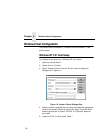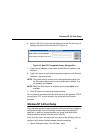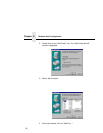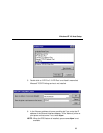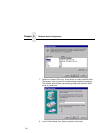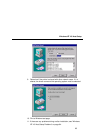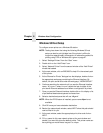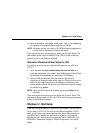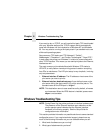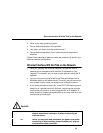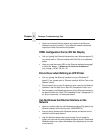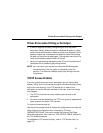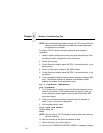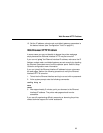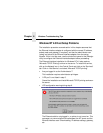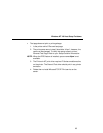
Chapter 6 Windows Troubleshooting Tips
88
If you want to rely on TCP/IP, you will need a third party TCP stack loaded
onto your Windows station since TCP/IP support did not automatically
come with Windows until the introduction of Windows NT and Windows
95. You may also be running a third party stack if you decided not to use
a Microsoft operating system.
Some common TCP stacks are FTP Software’s** OnNet**,
NetManage’s** Chameleon**, and Frontier Technologies'** SuperTCP**.
In each case, they allow your Windows 3.1 station to communicate with
other TCP/IP devices. This means you can send print jobs to the Ethernet
Interface as well.
The most common print method offered with Windows TCP stacks is
LPR/LPD, a multi-platform remote printing protocol used on everything
from PCs to mainframes. The LPR print setup is very simplistic, involving
only two parameters:
1. Ethernet Interface IP address. The IP address or host name of the
print server you want to print to.
2. Ethernet Interface destination/queue. A pre-defined name on the
print server telling the device which I/O port to send the jobs to. The
standard name for the PRN port is “
d1prn”.
NOTE: This destination name is case sensitive and by default, all names
are lowercase. When the IPDS feature is installed, queue name
d4prn is not available.
Windows Troubleshooting Tips
NOTE: During Power Up, the printer performs an interface hardware test.
The presence of the Ethernet Interface menu selections at the
printer operator panel indicates that the Ethernet Interface
hardware is functioning properly. See the
Setup Guide
for
configuration menu information.
This section provides information on possible solutions to some standard
configuration errors. If you require technical support, please have as
much of the following information as you can available when you call:
1. What level of software are you running?
2. What type of attachment do you have?



